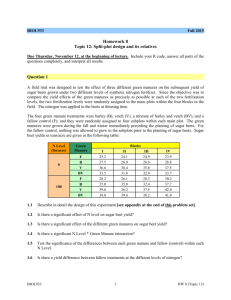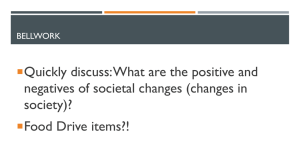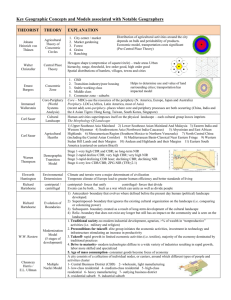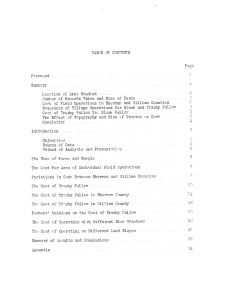Tmhu Tallow
advertisement
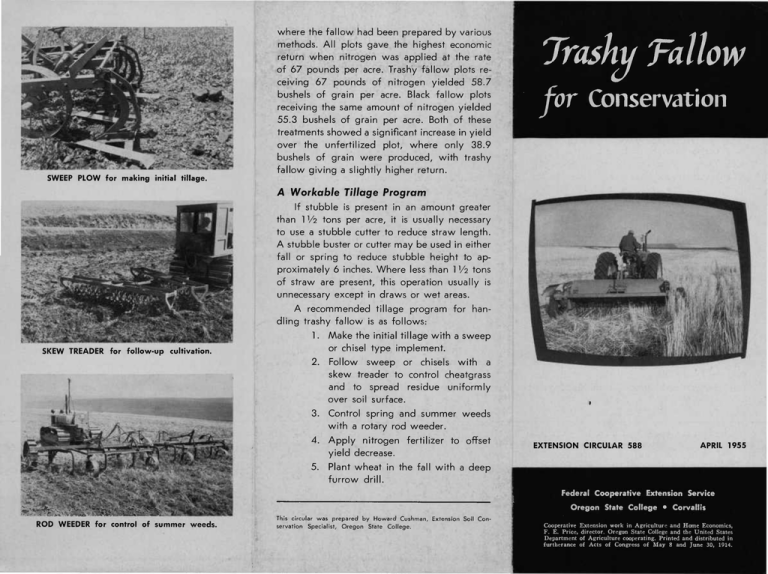
where the fallow had been prepared by various methods. All plots gave the highest economic return when nitrogen was applied at the rate of 67 pounds per acre. Trashy fallow plots receiving 67 pounds of nitrogen yielded 58.7 bushels of grain per acre. Black fallow plots receiving the same amount of nitrogen yielded 55.3 bushels of grain per acre. Both of these treatments showed a significant increase in yield over the unfertilized plot, where only 38.9 bushels of grain were produced, with trashy fallow giving a slightly higher return. Tmhu Tallow for Conservation SWEEP PLOW for making initial tillage. A Workable Tillage Program If stubble is present in an amount greater than 11/2 tons per acre, it is usually necessary to use a stubble cutter to reduce straw length. A stubble buster or cutter may be used in either fall or spring to reduce stubble height to approximately 6 inches. Where less than 1 V2 tons of straw are present, this operation usually is unnecessary except in draws or wet areas. A recommended tillage program for handling trashy fallow is as follows: 1. Make the initial tillage with a sweep or chisel type implement. 2. Follow sweep or chisels with a skew treader to control cheatgrass and to spread residue uniformly over soil surface. 3. Control spring and summer weeds with a rotary rod weeder. 4. Apply nitrogen fertilizer to offset yield decrease. 5. Plant wheat in the fall with a deep furrow drill. SKEW TREADER for follow-up cultivation. EXTENSION CIRCULAR 588 APRIL 1955 Federal Cooperative Extension Service Oregon State College • Corvallis ROD WEEDER for control of summer weeds. This circular was prepared by Howard Cushman, Extension Soil Conservation Specialist, Oregon State College. Cooperative Extension work in Agriculture and Home Economics, F. E. Price, director. Oregon State College and the United States Department of Agriculture cooperating. Printed and distributed in furtherance of Acts of Congress of May 8 and June 30, 1914. IRASHY FALLOW is the most effective individual erosion control practice ever developed for summer fallow land. Trashy fallow utilizes the principles of the surface mulch, by maintaining the residue of the previous crop on or near the surface of the soil to provide maximum protection from the erosive forces of wind and water. plements such as rotary hoe, skew treader, deep furrow drill, and "stubble buster." Much of the wheat-growing land in eastern Oregon is subject to cheatgrass encroachment. The skew treader has been developed for follow-up cultivation and has proved effective for cheatgrass control. How fo Prepare Trashy fallow is an effective practice for controlling water runoff. Because runoff is prevented, we naturally expect to find a greater amount of stored moisture in trashy fallow than would be found in fallow prepared by a conventional plow. In soil moisture determinations made at Pendleton in April 1951, trashy fallow contained 12.66 inches of available moisture as compared to 10.20 inches in ordinary fallow. However, trashy fallow will store this extra moisture only in years when runoff occurs. On the occasional years when runoff isn't a problem, little difference is found in the amount of stored moisture among the various methods of fallow preparation. A variety of tools has been devised to prepare trashy fallow. Tools using the principle of an underground blade or chisel are frequently used for the initial cultivation. Some farmers prefer to use an offset disk or one-way plow for their initial tillage. These tools are effective, but have some disadvantages because they tend to make the soil too fine and have a tendency to mix the residue throughout the surface layer. When the crop residue is mixed with the soil, later tillage operations are more difficult. Many farmers find that they must buy new types of machinery if they are to cultivate and seed in trashy fallow. Machinery of older design does not have sufficient clearance to cultivate through a heavy stubble mulch, and tends to "plug up" frequently. Farmers have been forced to discard the spike tooth harrow and the conventional drill and replace them with new im- Effect on Soil Moisture Effec* on Wheat Yields Even though trashy fallow will store more moisture in most years than black fallow, farmers almost invariably report lower wheat yields from trashy fallow. The reason for this reduction in yield is tied directly to the amount of plant food available for the growing crop. Most research findings show a greater amount of available nitrogen in fallow prepared with a conventional plow than in fallow prepared by subsurface tillage. The increased nitrogen in black fallow could have many causes, but it is generally believed that soil temperature is the primary cause. Soil temperature is lower under a stubble mulch. Lower soil temperature reduces bacterial activity and limits the build-up of available nitrogen for use by the following crop. Various trials have been run to determine the seriousness of this decrease in yield. In studies at the Pendleton Station, conducted over a 12-year period, mold board plowing has averaged 38 bushels of grain per acre, while adjacent plots receiving subsurface tillage have averaged only 31.7 bushels per acre. Effecf of Nitrogen Fertilizer The reduction in wheat yields on trashy fallow can be corrected by the use of nitrogen fertilizer. When 20 pounds per acre of available nitrogen were added to the trashy fallow plots on the King pilot farm, yields were increased 5 bushels per acre. In other trials at the Pendleton Station, various rates of nitrogen were used on plots 76tee StefrA 4* StcdUe THuidiutf 1. Work heavy stubble with sweep plow at 5-inch depth. 2. Scatter and work down with skew treader. 3. Weed, add nitrogen, and plant in the fall. where the fallow had been prepared by various methods. All plots gave the highest economic return when nitrogen was applied at the rate of 67 pounds per acre. Trashy fallow plots receiving 67 pounds of nitrogen yielded 58.7 bushels of grain per acre. Black fallow plots receiving the same amount of nitrogen yielded 55.3 bushels of grain per acre. Both of these treatments showed a significant increase in yield over the unfertilized plot, where only 38.9 bushels of grain were produced, with trashy fallow giving a slightly higher return. Tmhu Tallow for Conservation SWEEP PLOW for making initial tillage. A Workable Tillage Program If stubble is present in an amount greater than 11/2 tons per acre, it is usually necessary to use a stubble cutter to reduce straw length. A stubble buster or cutter may be used in either fall or spring to reduce stubble height to approximately 6 inches. Where less than 1 V2 tons of straw are present, this operation usually is unnecessary except in draws or wet areas. A recommended tillage program for handling trashy fallow is as follows: 1. Make the initial tillage with a sweep or chisel type implement. 2. Follow sweep or chisels with a skew treader to control cheatgrass and to spread residue uniformly over soil surface. 3. Control spring and summer weeds with a rotary rod weeder. 4. Apply nitrogen fertilizer to offset yield decrease. 5. Plant wheat in the fall with a deep furrow drill. SKEW TREADER for follow-up cultivation. EXTENSION CIRCULAR 588 APRIL 1955 Federal Cooperative Extension Service Oregon State College • Corvallis ROD WEEDER for control of summer weeds. This circular was prepared by Howard Cushman, Extension Soil Conservation Specialist, Oregon State College. Cooperative Extension work in Agriculture and Home Economics, F. E. Price, director. Oregon State College and the United States Department of Agriculture cooperating. Printed and distributed in furtherance of Acts of Congress of May 8 and June 30, 1914. where the fallow had been prepared by various methods. All plots gave the highest economic return when nitrogen was applied at the rate of 67 pounds per acre. Trashy fallow plots receiving 67 pounds of nitrogen yielded 58.7 bushels of grain per acre. Black fallow plots receiving the same amount of nitrogen yielded 55.3 bushels of grain per acre. Both of these treatments showed a significant increase in yield over the unfertilized plot, where only 38.9 bushels of grain were produced, with trashy fallow giving a slightly higher return. Tmhu Tallow for Conservation SWEEP PLOW for making initial tillage. A Workable Tillage Program If stubble is present in an amount greater than 11/2 tons per acre, it is usually necessary to use a stubble cutter to reduce straw length. A stubble buster or cutter may be used in either fall or spring to reduce stubble height to approximately 6 inches. Where less than 1 V2 tons of straw are present, this operation usually is unnecessary except in draws or wet areas. A recommended tillage program for handling trashy fallow is as follows: 1. Make the initial tillage with a sweep or chisel type implement. 2. Follow sweep or chisels with a skew treader to control cheatgrass and to spread residue uniformly over soil surface. 3. Control spring and summer weeds with a rotary rod weeder. 4. Apply nitrogen fertilizer to offset yield decrease. 5. Plant wheat in the fall with a deep furrow drill. SKEW TREADER for follow-up cultivation. EXTENSION CIRCULAR 588 APRIL 1955 Federal Cooperative Extension Service Oregon State College • Corvallis ROD WEEDER for control of summer weeds. This circular was prepared by Howard Cushman, Extension Soil Conservation Specialist, Oregon State College. Cooperative Extension work in Agriculture and Home Economics, F. E. Price, director. Oregon State College and the United States Department of Agriculture cooperating. Printed and distributed in furtherance of Acts of Congress of May 8 and June 30, 1914.

